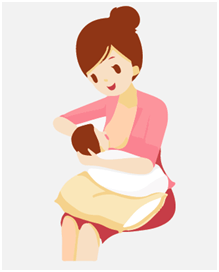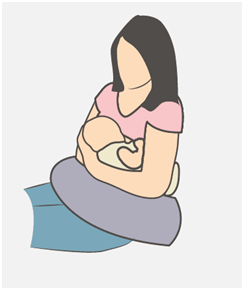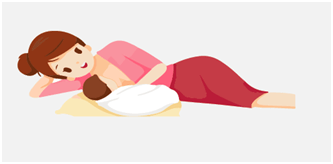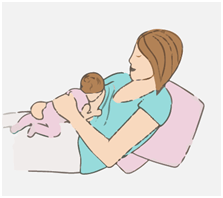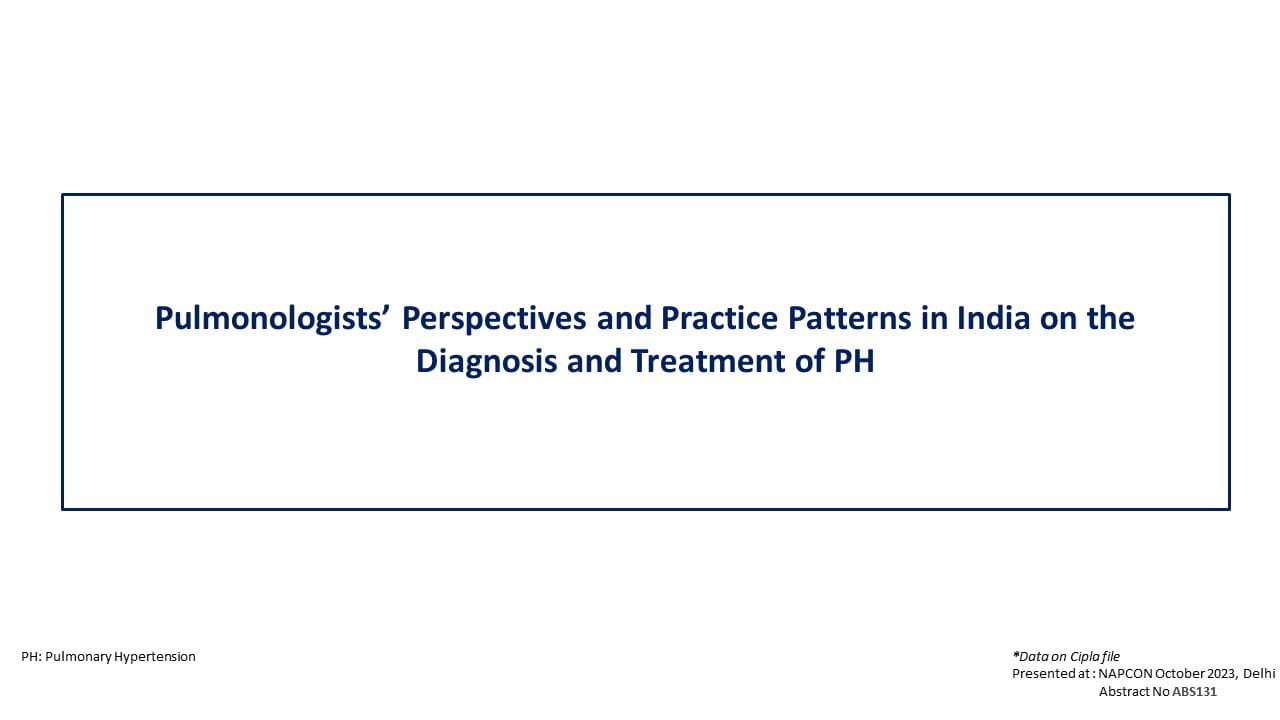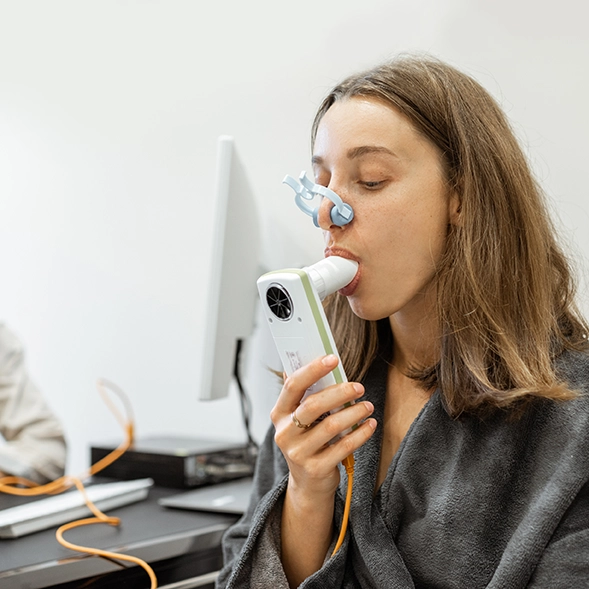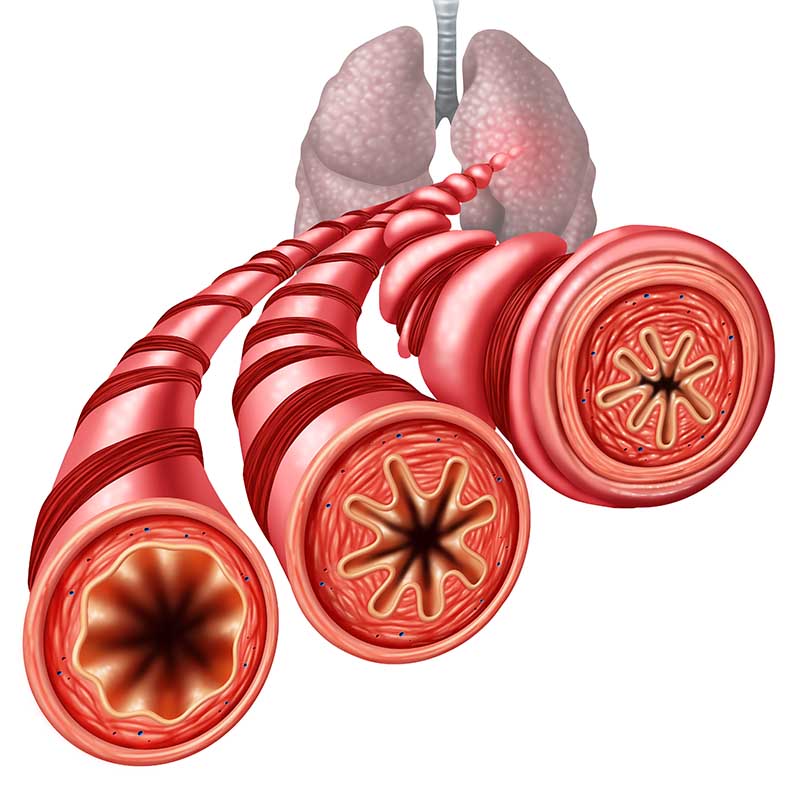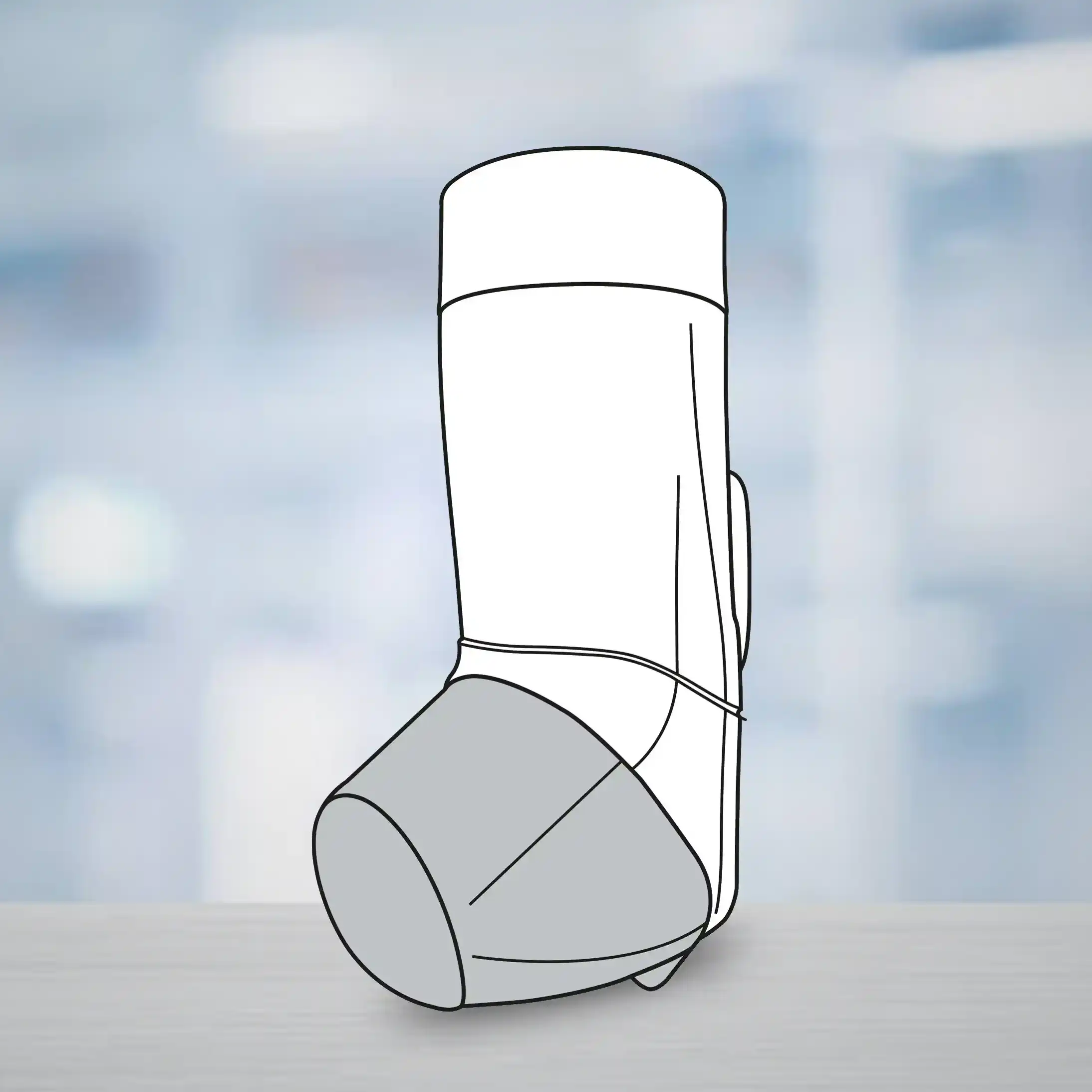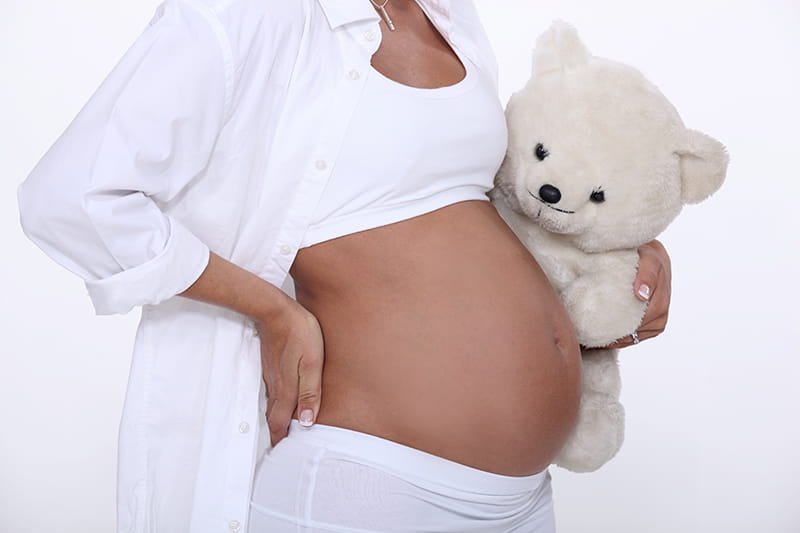- Breastfeeding takes practice.
- It takes time to work out which feeding positions feel best.
- There aren't 'correct' position; it's about what feels most comfortable for you both.
Sitting Positions
The Cradle Hold
It’s one of the most popular positions; try this position when baby is at least a few weeks old, has better head control and has more experience latching on to the breast.
- Sit in a comfortable chair with armrest or on a bed with cushions or pillows around you.
- Lie your baby across your lap facing you.
- When nursing from the right breast, use the right arm to hold the baby and vice versa.
- Position your baby so that his/her head rests in the bend of your elbow, support his/her back with the same arm, and holding his/her bottom with the hand.
- Support the breast with your opposite hand and compress it very gently so that the nipple points toward baby's nose to help them latch easily.
- If you are sitting on a chair, rest your feet on a stool or a small table. This will stop you from leaning forward which can make your back-ache.
The Transitional Hold (Cross-over Hold)
Try this position from birth itself in which you can use both hands to hold baby’s head and support your breast.
- Sit in a comfortable chair and hold the baby horizontally facing you.
- The baby's stomach should be flat against your chest and head should be in line with the body.
- To feed from the left breast, support your baby’s head and body with the right hand and forearm or vice versa. Place the thumb and fingers at the base of the baby’s head, below his/her ears.
The Football Hold (Clutch Hold)
This position is especially useful if you have had a C-section (cesarean) and want to avoid placing your baby against your abdomen, if you have larger breasts that hinder feeding by other positions and if you have a small or premature baby or twins.
- Sit in a chair with a cushion or pillow along your side.
- Position baby at your side (the side you want to feed from), facing you and such that his/her nose is leveled with your nipple
- Support your baby’s head and neck with the palm of your same hand and tuck the baby’s legs under your arm, with their hips close to your hips.
- Support the baby with pillow(s) underneath.
- Use your free hand to cup your breast as you would for the cradle hold and then gently guide them to your nipple.
Lying-down Position
The Side-lying Hold
This is your go-to position when you’re exhausted, medicated or uncomfortable, such as after cesarean or an episiotomy. It is a good position if you’re nursing in the middle of the night.
- Here, the baby and mother are lying down on their sides, facing each other.
- Lie on your side with a pillow under your head and relax with no muscle straining, while keeping your back and hips in a straight line.
- The baby needs to be well supported and secured using pillows or rolled up baby blanket under his/her head.
- Tuck the arm that you are lying down under your head or pillow and use your free arm to support and guide your baby’s head to your breast
- Adjust the baby’s distance from the lower breast by placing a folded blanket under his/her head. Baby’s head should be in line with your nipple.
- Avoid excess bedding and avoid using a recliner, couch or water bed as could pose a suffocation hazard.
Laid-Back Breastfeeding
This one can be particularly helpful if your baby is newly born or if your baby has super sensitive tummies or excess gas, or if you have smaller breasts
- In this position, you lean back comfortably, semi-reclined, on a couch or bed with pillows supporting your upper back, neck and head.
- Place baby on your chest, tummy to tummy, in any direction that's comfortable, with the baby’s cheek on your breast and their mouth is at your breast.
- Your little one's weight will be supported by your reclining body.
- You should always be able to see baby’s face and nose while they’re feeding.
- Your arms are free to cuddle and relax as baby is naturally positioned at your breast for feeding.
References
- https://www.uptodate.com/contents/breastfeeding-guide-beyond-the-basics accessed on 26/05/2020
- https://www.nhs.uk/start4life/baby/breastfeeding/how-to-breastfeed/breastfeeding-positions/#anchor-tabs accessed on 26/05/2020
- https://www.whattoexpect.com/first-year/breastfeeding/basics/ accessed on 26/05/2020
- https://www.whattoexpect.com/first-year/breastfeeding/positions/ accessed on 26/05/2020



